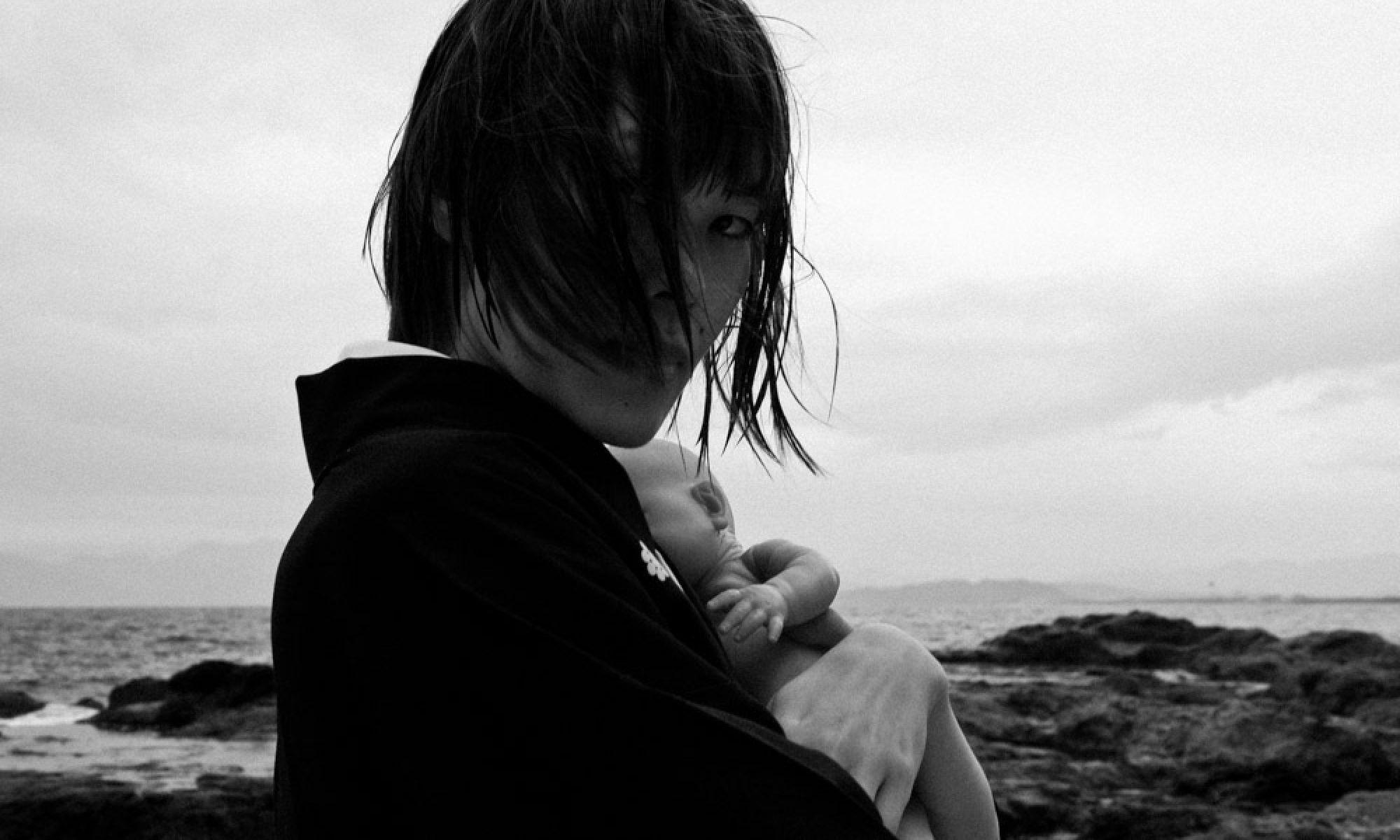My ex girlfriend used to carry her M6 with her at all times but she rarely let me touch it. I merely envied her from a distance while she shot beautiful shots with her rangefinder camera. She always talked about “spirit of a photography” and she never carried a digital camera with her, unless she was shooting for a job. I suppose it wouldn’t be too much to say that like for Cartier-Bresson, her Leica was extension of her eye.
My friend borrowed me recently his Leica M6 TTL with 50mm Summilux ASPH.
I am moved, and amazed by this classic, legendary camera.
50mm Summilux ASPH lens has a focusing tab which allows quick focusing with index finger. It feels just right and for me the tab makes huge difference. Only in few days, I learned to approximate distances and adjust the focus roughly, only requiring a fine adjustment when lifting the camera to my eye. Same goes with metering. When shooting with a camera like this, you learn quickly to read light.
Although this camera has metering, the camera works perfectly without any electricity. I assume that pros who use Leica might not even use the metering since the red arrows in viewfinder might only be a distraction.
The viewfinder of M6 is best thing I’ve ever seen and beats my 5D Mark II and Fujifilm X100 viewfinder in clarity and sharpness. Rangefinder focusing is a pleasure, especially after you learn not to block the rangefinder window with your finger while holding the camera..
M6 is also the most solid camera I’ve ever handled. Although this means also that the camera is probably the heaviest compact camera of it’s size, the solid construction has it’s benefits. This is a camera you can take into a war. Brass (or zinc) is really strong material, and the camera is perfectly balanced. It’s very easy to hold this camera steady when shooting and this will result in sharper photos.
You have to hold one in your hand to understand. This camera is built to last a lifetime.
The mechanics of the camera feel assuringly strong as well. Pressing the shutter results a satisfying click, which is not too loud or disturbing. Although my friend’s camera came with a motor winder which is very silent and fast, I realized I rather prefer manually advancing the film by using the lever.
Although loading film is a bit of a nuisance, I find something honest and precise about loading Leica M6. It’s simply built to be as fool-proof as possible.
Since this is a full frame camera (35mm film), 50mm lens gives you plenty of coverage but also plenty of bokeh.
I think 50mm ASPH is probably the lens I would buy for Leica. The lens is razor sharp and I was unable to detect any kinds of artifacts in the image. Even the widest F1.4 aperture is tack sharp. I can’t imagine any kind of lens of this size (being F1.4!) being that sharp wide open. The nine blade aperture gives creamy, soft bokeh. Also the transition between focus and out-of-focus areas is beautiful and natural.
Overall, there is something very natural about the image quality of Leica.
Since the price of M6 came down recently, this camera seems very attractive option for many photographers. Sure, dealing with film is troublesome and also expensive if you shoot a lot.
But if you are serious about photography, I really recommend at least trying out photography with a rangefinder camera. There is something beautiful and artistic about the process of setting everything manually, and it’s possible to find entirely new aspects of photography when shooting with a classic camera such as this.
Unlike when shooting with SLR, nothing will obstruct your vision when you press the shutter. It’s possible to feel much more connected to the scene you’re shooting.
If Cartier-Bresson would be still with us, I would imagine he’d still carry his Leica with him. In today’s world of digital cameras it’s refreshing and delightful to shoot with a camera designed so meticulously to fulfill a single purpose.
Leica M6 is not a calculator. It’s a camera.





